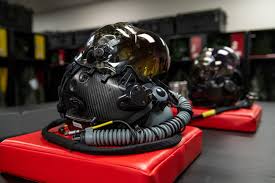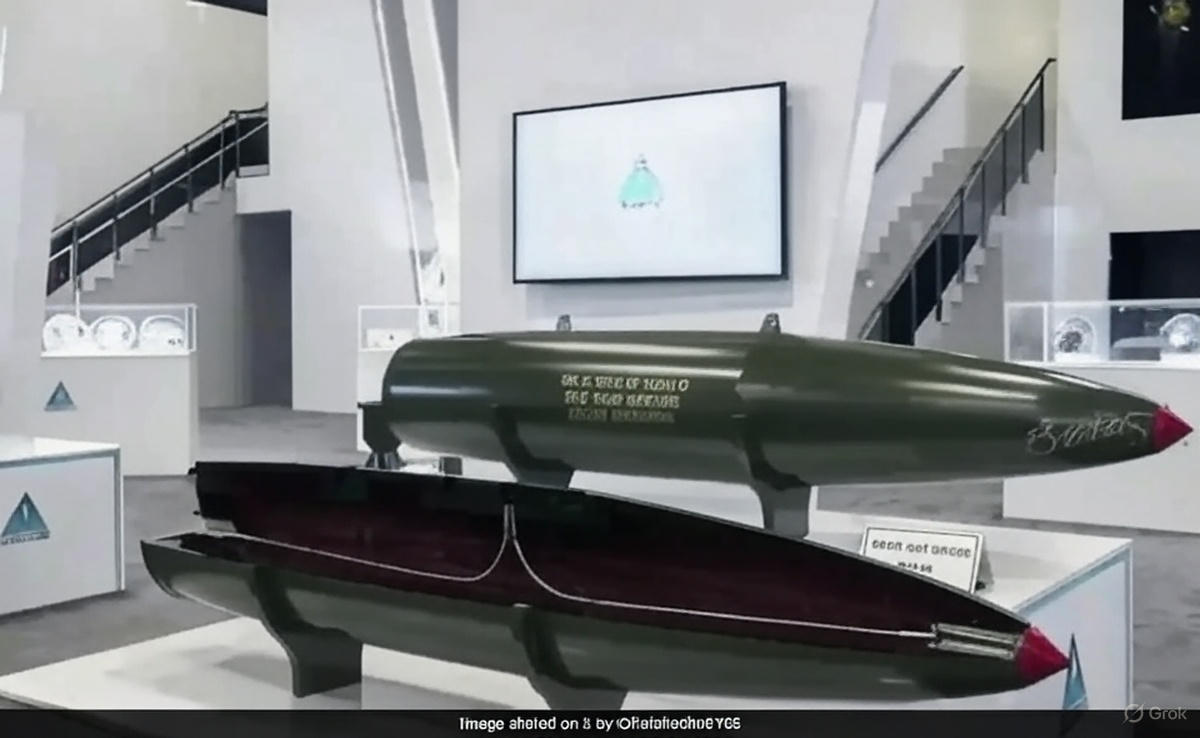Imagine a fighter jet soaring through the sky at twice the speed of sound, infiltrating enemy territory to not only observe but also strike with lightning precision—all under the control of a human pilot seated in the cockpit. Now, consider what’s the most critical asset for that pilot, operating at extreme altitudes, in intense conditions, and amidst life-or-death scenarios. It’s not just the jet or its weapons but something far more pivotal: the pilot’s helmet. This isn’t just headgear—it’s a technological marvel that elevates a pilot beyond human limitations, serving as a bridge between their mind and the machine.
This helmet is no mere protective shell; it’s a fully integrated combat computer that acts as the pilot’s eyes, voice, brain, and hands. Synchronized with every movement, thought, and intent, it unleashes devastation on the enemy. In modern warfare, it’s no exaggeration to say the helmet is the pilot’s most powerful weapon. Let’s dive into the inner workings of this extraordinary device, where science meets magic.
A Digital Fortress in the Sky
When pilots of advanced jets like the F-35 or J-20 Thunder take flight, they’re not just flying an aircraft—they’re commanding a digital fortress in the sky. The keys to this fortress lie within their helmet, a sophisticated blend of sensors, cameras, microchips, and specialized materials. For a pilot, the helmet is akin to a superhero’s ultimate power.
Every moment in the air is critical, where a split-second lapse could mean disaster. The helmet brings the battlefield directly to the pilot’s eyes. Gone are the days of glancing at cockpit screens for data. Speed, direction, target position, enemy movements, and weapon status—all are projected onto the helmet’s visor in real time. The entire warzone is condensed into the pilot’s field of vision.
Seeing Through the Darkness
Whether it’s pitch-black night, dense cloud cover, or an enemy jet evading radar, the helmet ensures nothing escapes the pilot’s sight. Equipped with night vision and infrared sensors, it detects heat signatures and sees through darkness, spotting enemies as a predator would its prey. The helmet’s ability to lock onto a target with just a glance is revolutionary—look at the enemy, and the system locks on. A single button press launches a missile with pinpoint accuracy, often before the enemy can react.
The helmet also incorporates an oxygen mask vital for breathing at high altitudes where normal respiration is impossible. This mask ensures the pilot remains alert and in control. Without it, neither flight nor combat would be feasible.
A Communication Lifeline
Amid the chaos of explosions and high-speed maneuvers, the helmet’s built-in microphones and speakers maintain clear communication with the control room, fellow pilots, and allies. Even in deafening conditions, it preserves the pilot’s ability to hear and be heard, ensuring seamless coordination.
Modern helmets, like the one used with the F-35, take this further. Costing over $400,000, the F-35’s helmet is the world’s most expensive, blending artificial intelligence to analyze enemy movements and aid rapid decision-making. It offers a 360-degree view, allowing pilots to see below, beside, and behind as if the jet were transparent. Ground targets, enemy aircraft, and allied jets are all visible in one glance.

Built for the Extreme
During high-G maneuvers, where forces nine times that of gravity stress the pilot’s body, the helmet protects the head and neck, preventing disorientation or loss of consciousness. Made from lightweight yet incredibly strong materials like carbon fiber, fiberglass, or Kevlar, it balances protection with comfort. Each helmet is custom-fitted to the pilot’s head, ensuring perfect alignment with their eyes, ears, and sensors for optimal performance.
Evolution of the Helmet
The role of pilot helmets has evolved dramatically. During World War II, helmets were simple leather or metal shields offering basic protection. Communication was rudimentary, and targeting relied on the pilot’s eyes and hands. The jet age of the 1950s brought radio communication and oxygen masks, followed by night vision goggles in the Vietnam War era, though these were separate from the helmet.
The 1980s introduced the Head-Up Display (HUD), projecting critical data onto a transparent screen. The real game-changer came with Helmet-Mounted Sights, allowing pilots to target enemies by looking at them, regardless of the jet’s orientation. Today’s helmets integrate infrared sensors, data links, and AI, transforming the pilot into a networked warrior.
The Future: A Brain-Machine Interface
The next frontier is helmets that read brainwaves or eye movements, responding to a pilot’s thoughts or focus. DARPA has already tested brain-machine interfaces, enabling pilots to control systems through mental commands alone. Augmented Reality (AR) and Virtual Reality (VR) are being integrated, offering 3D battlefield simulations and predictive analytics for enemy movements. AI-driven decision-making prioritizes targets and identifies threats in real time.
In the future, pilots will command drones and coordinate with ground analysts through their helmets, all without lifting a finger. A pilot could assign targets to multiple drones with a glance, while thermal vision and AI pinpoint hidden enemies. This isn’t science fiction—it’s the near future, with nations like the US, China, Russia, and Israel racing to perfect these intelligent helmets.
A Crown of Technology
When you next see a fighter jet streak across the sky, remember: the pilot inside isn’t just a person but a fusion of training, technology, and intelligence. Their helmet—the silent commander—guides their every move, from spotting enemies to launching missiles. It’s a crown of technology that transforms a pilot into a superhuman force, redefining the art of aerial warfare.




